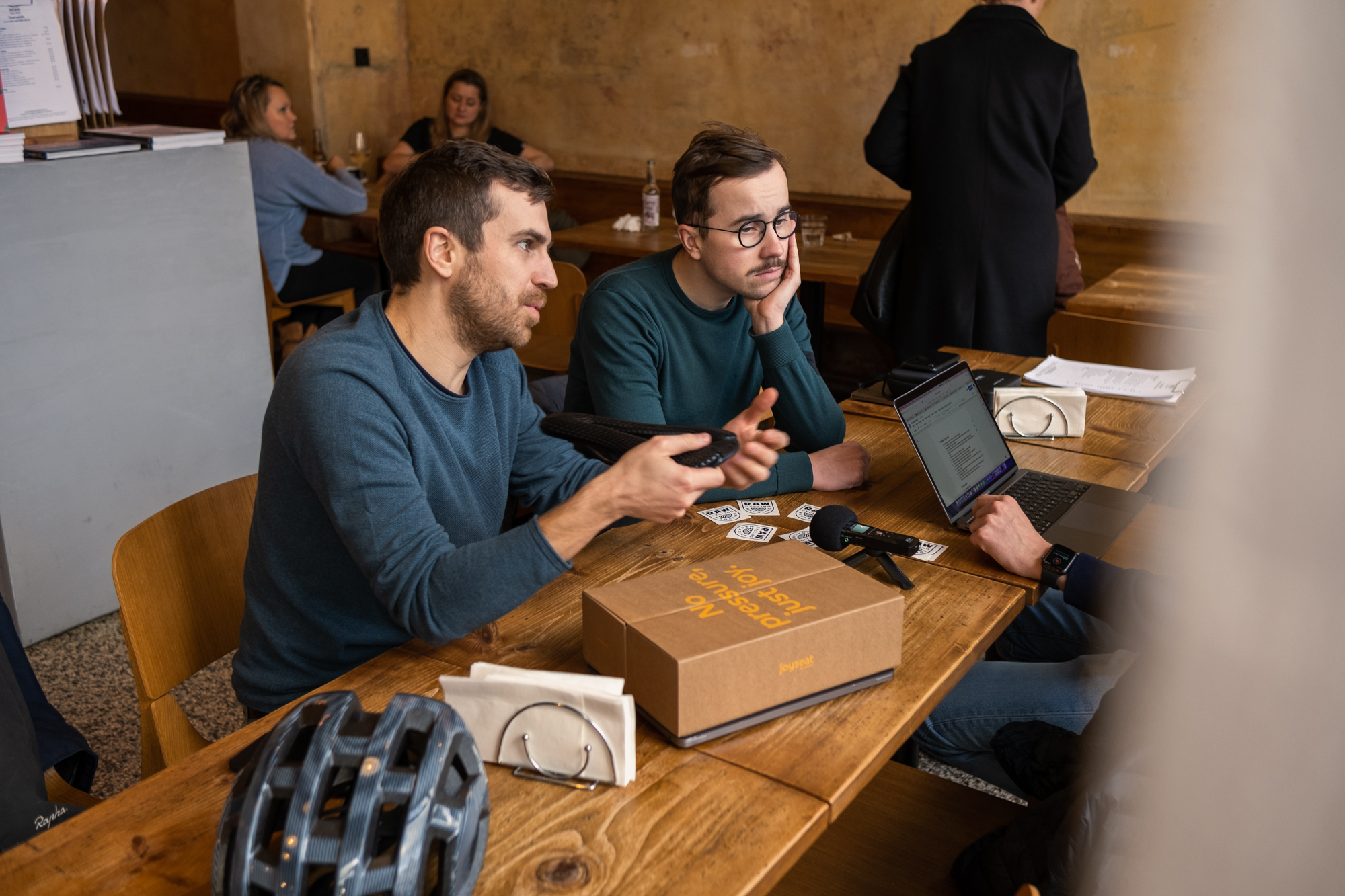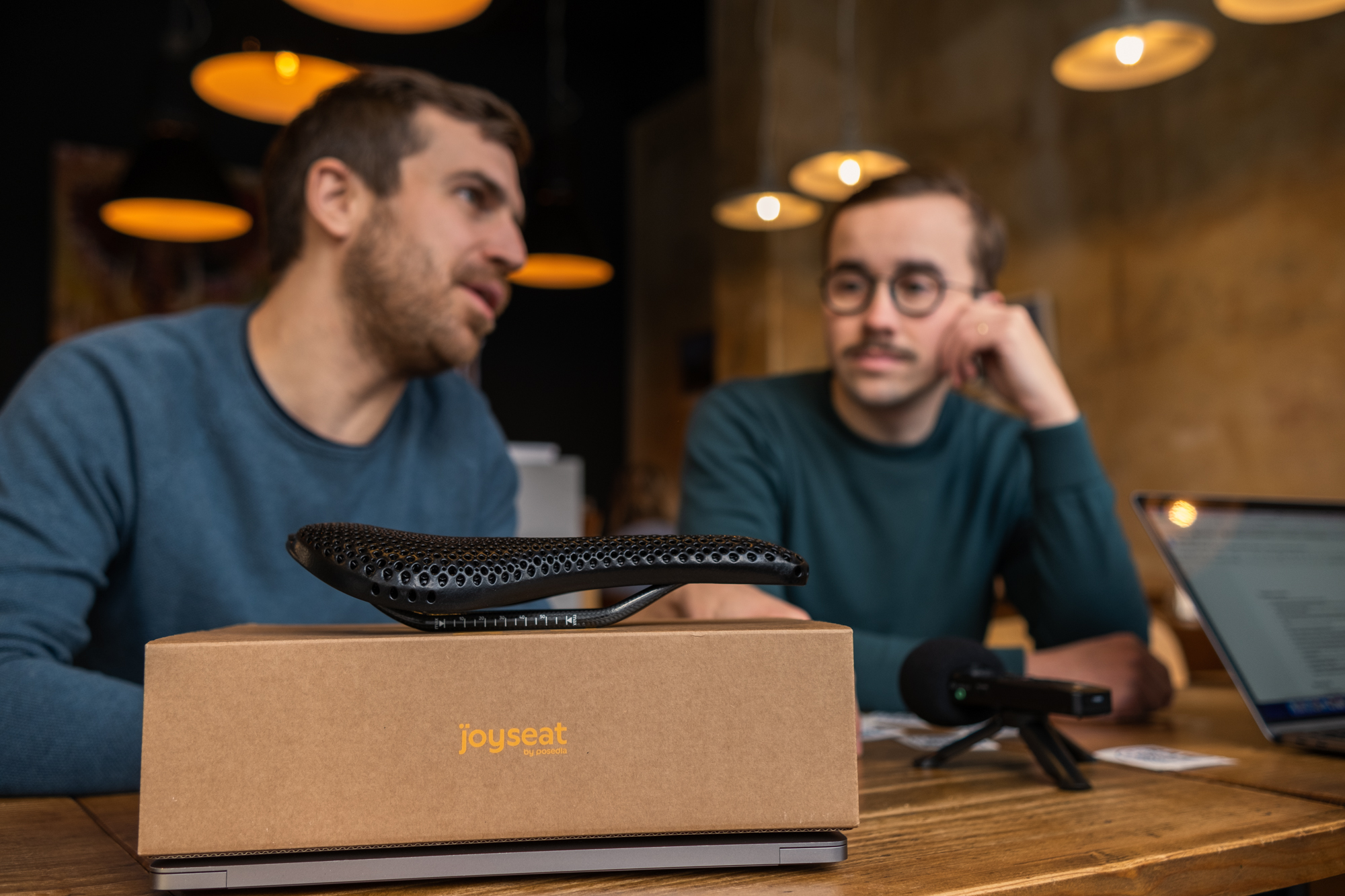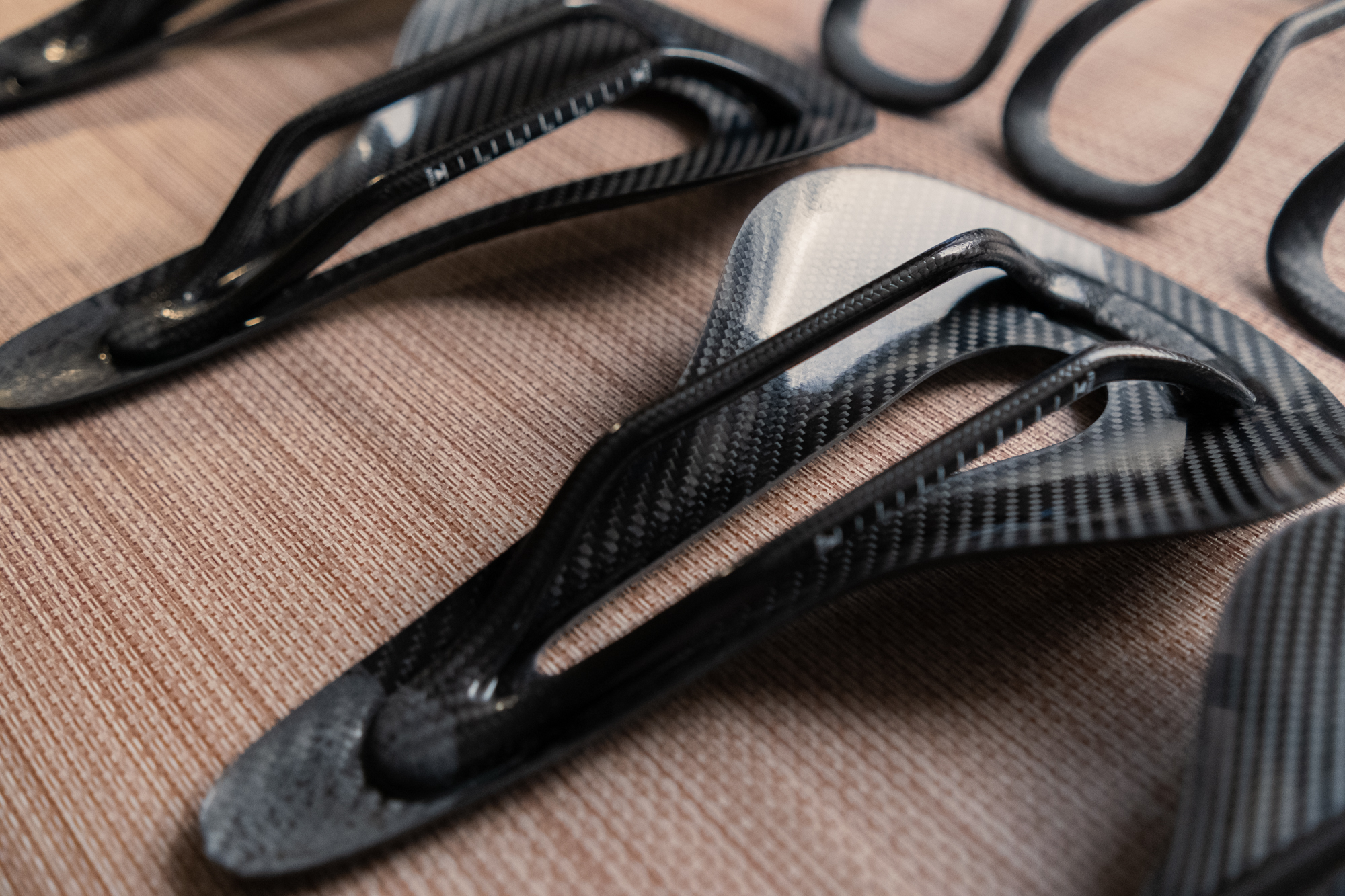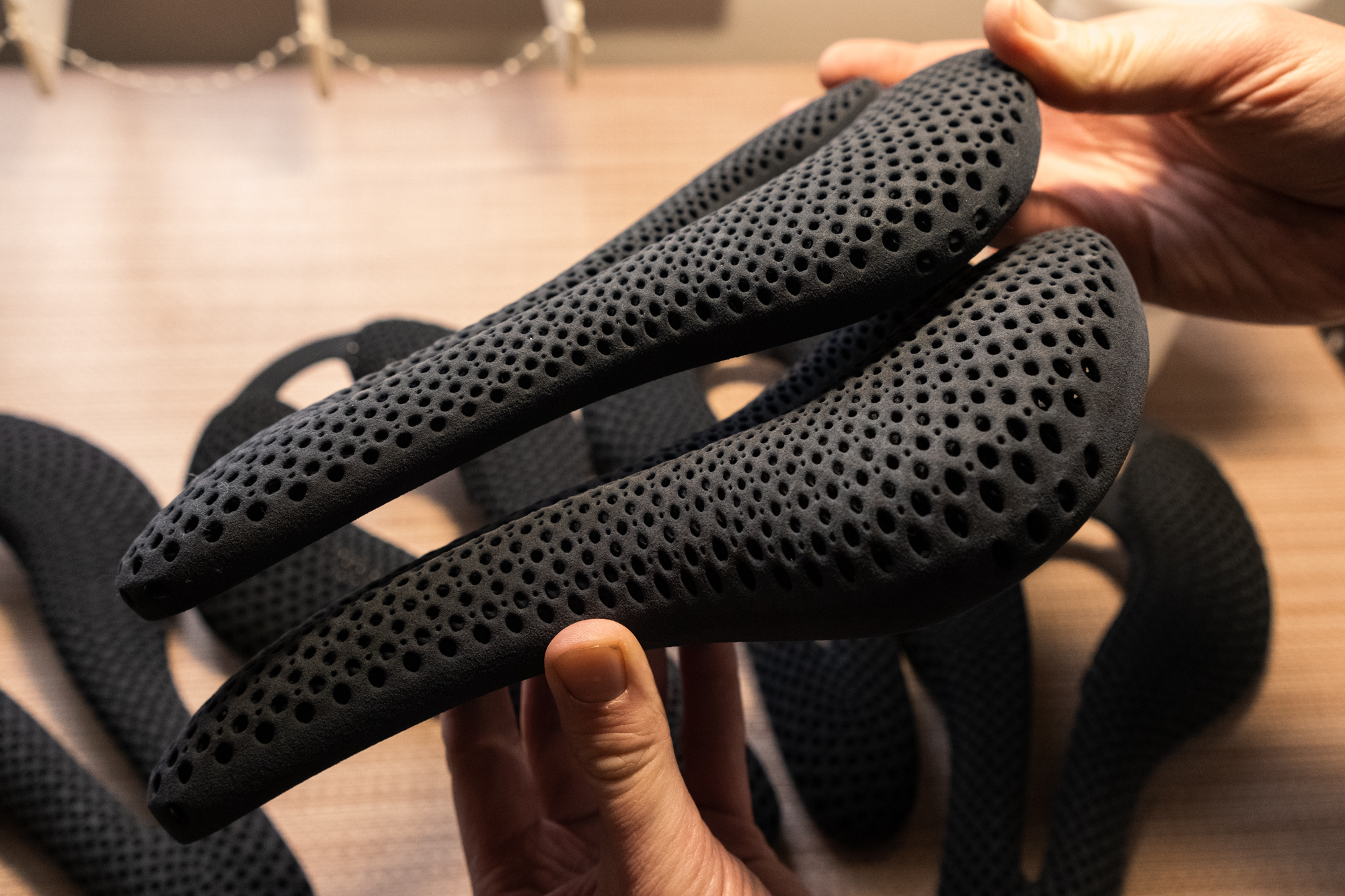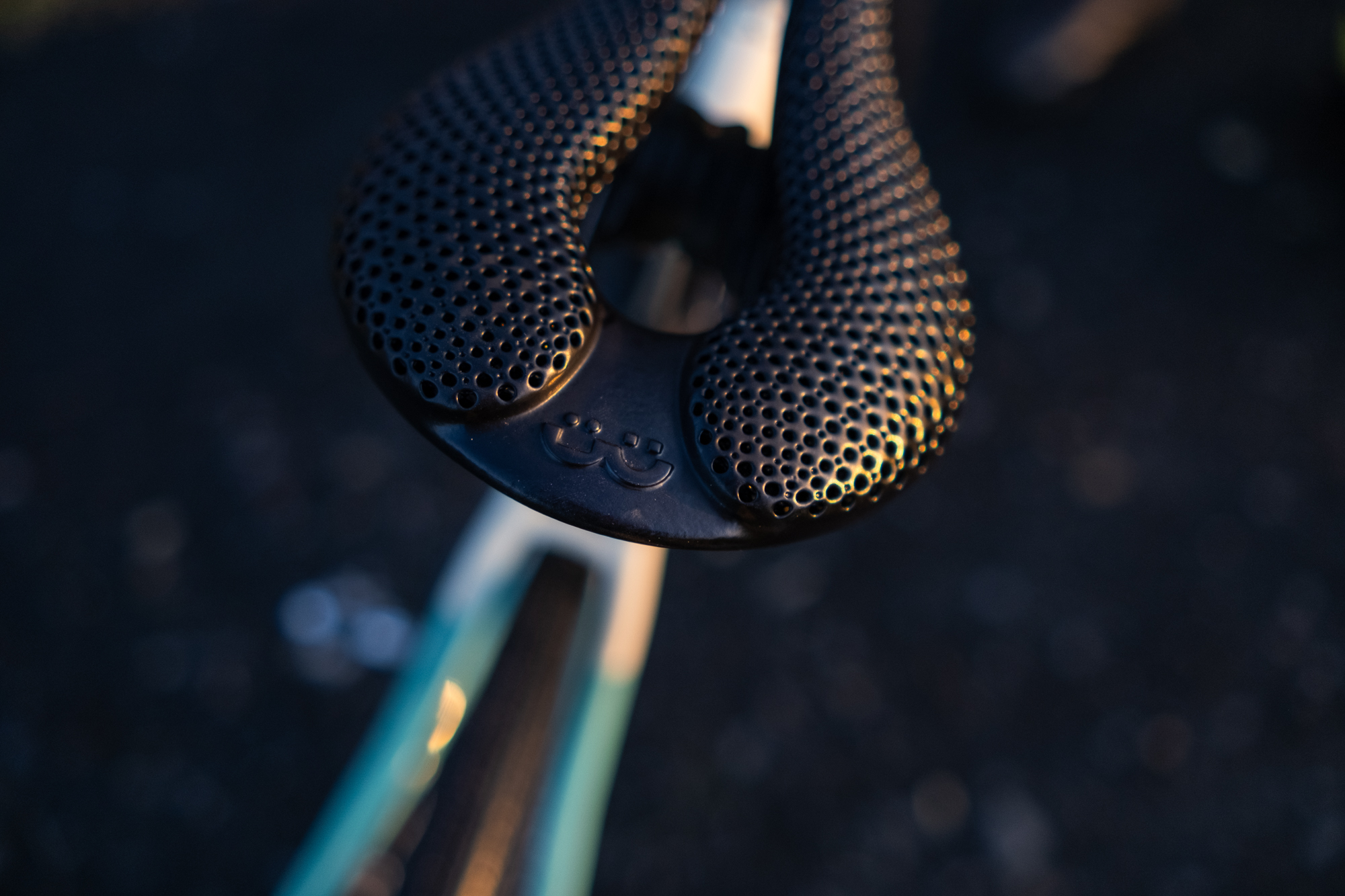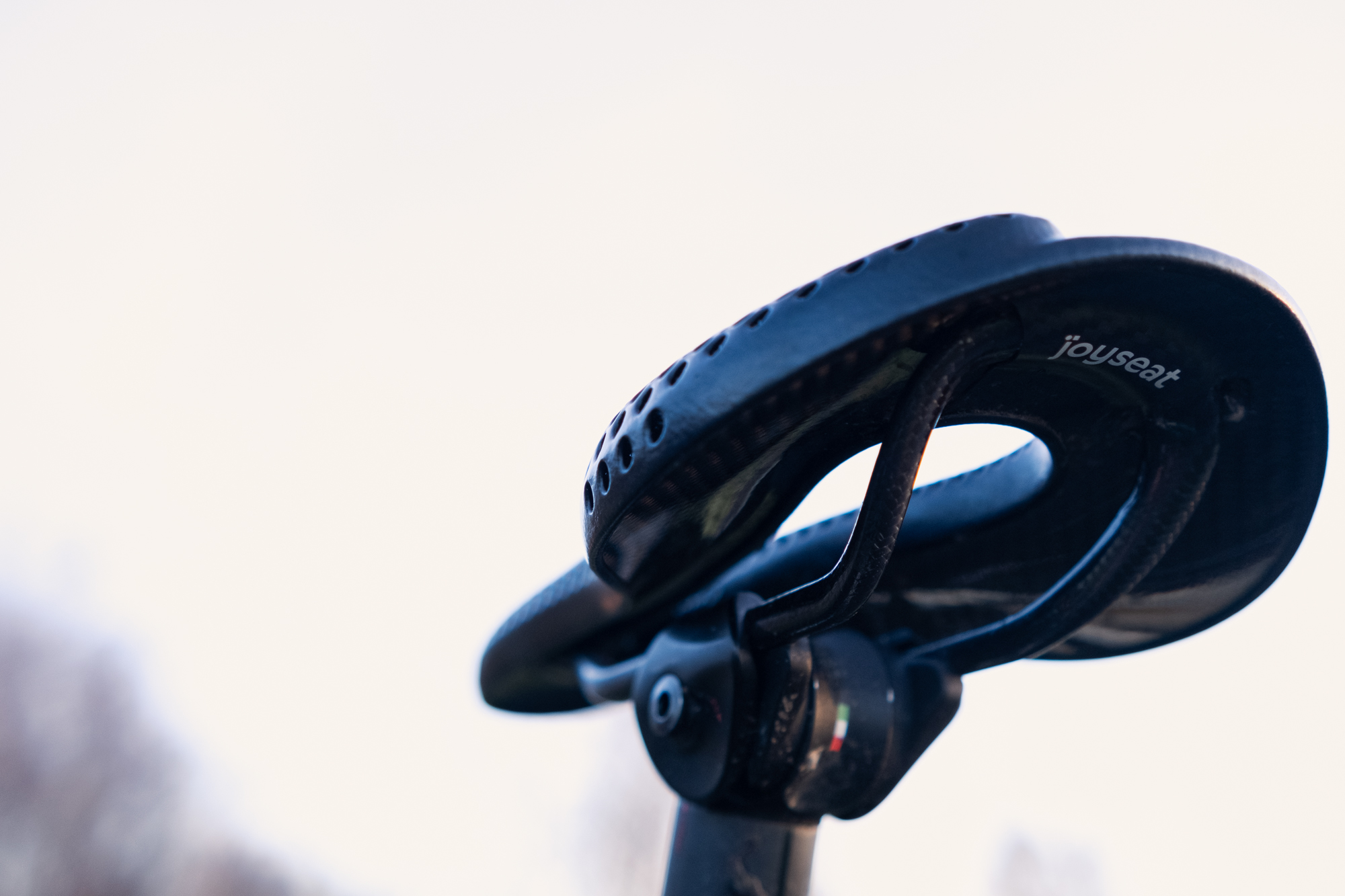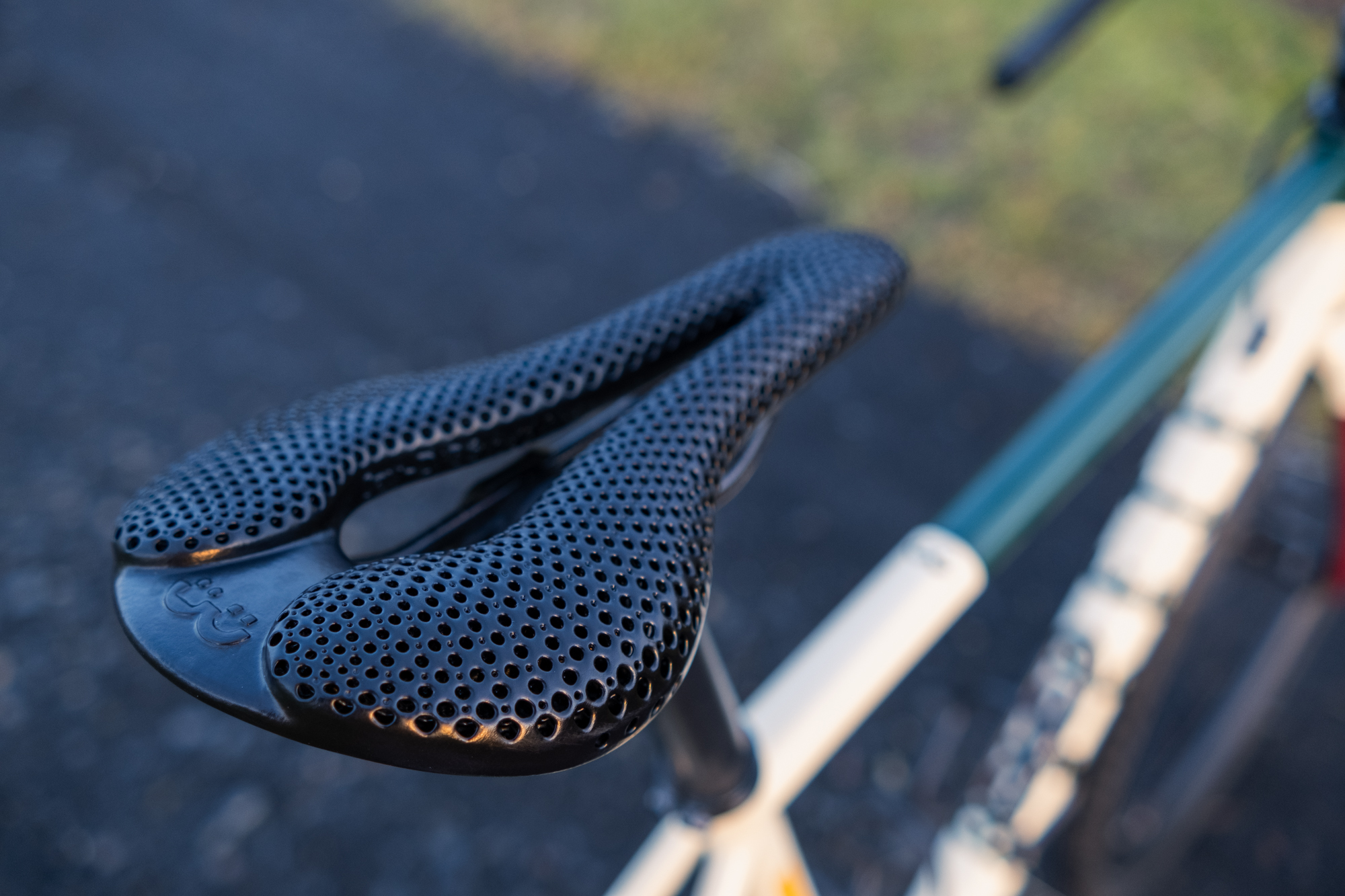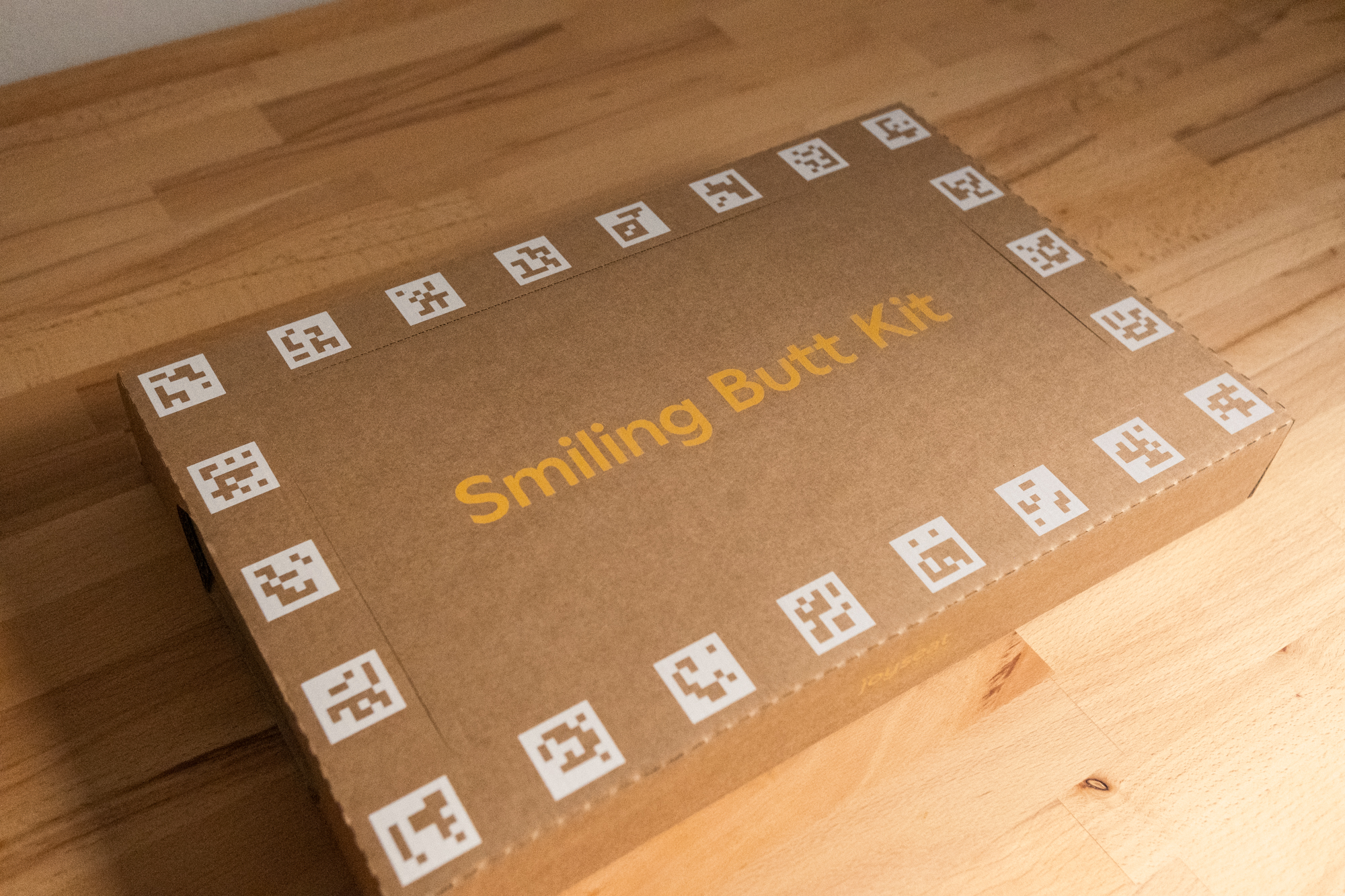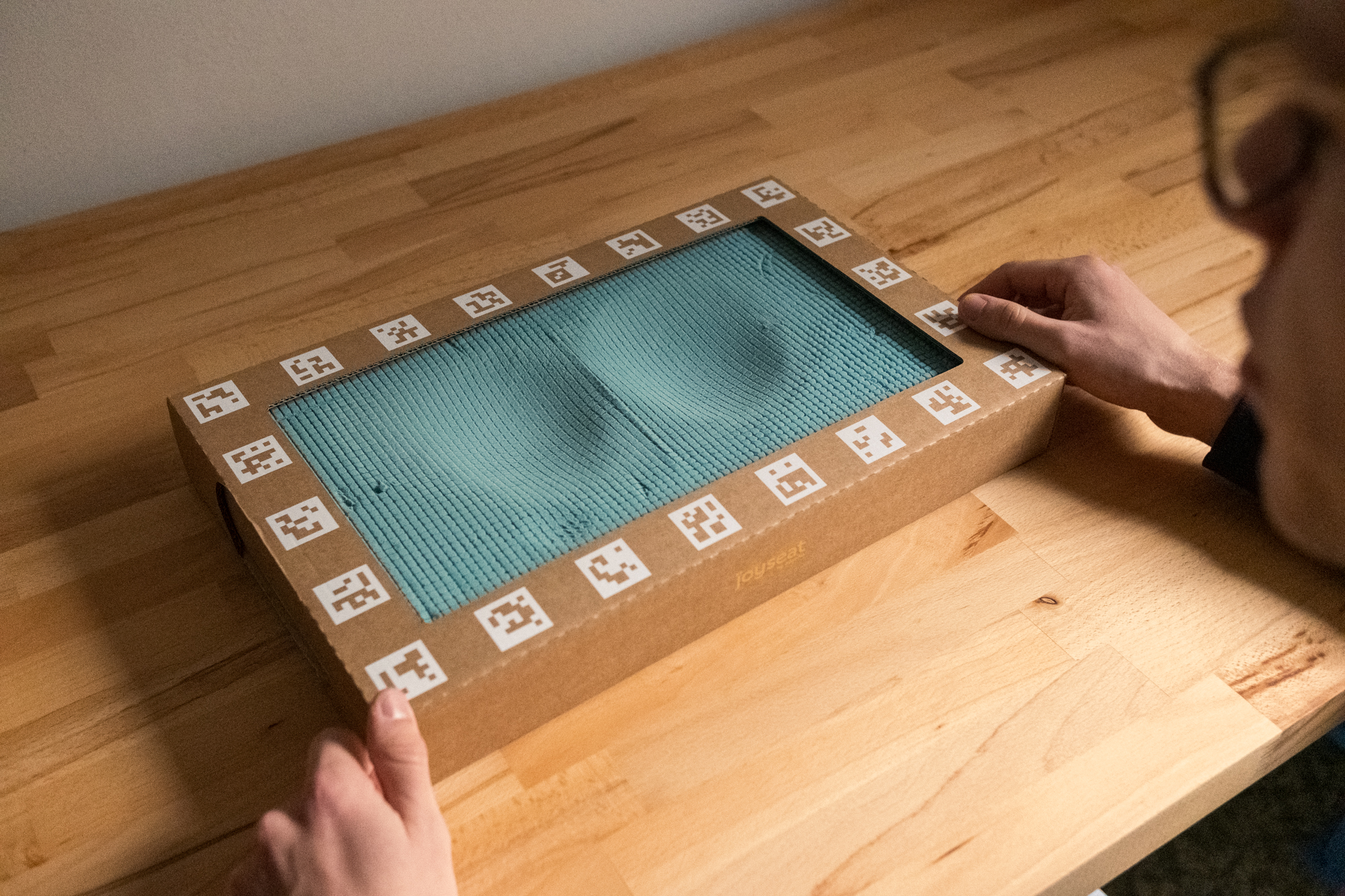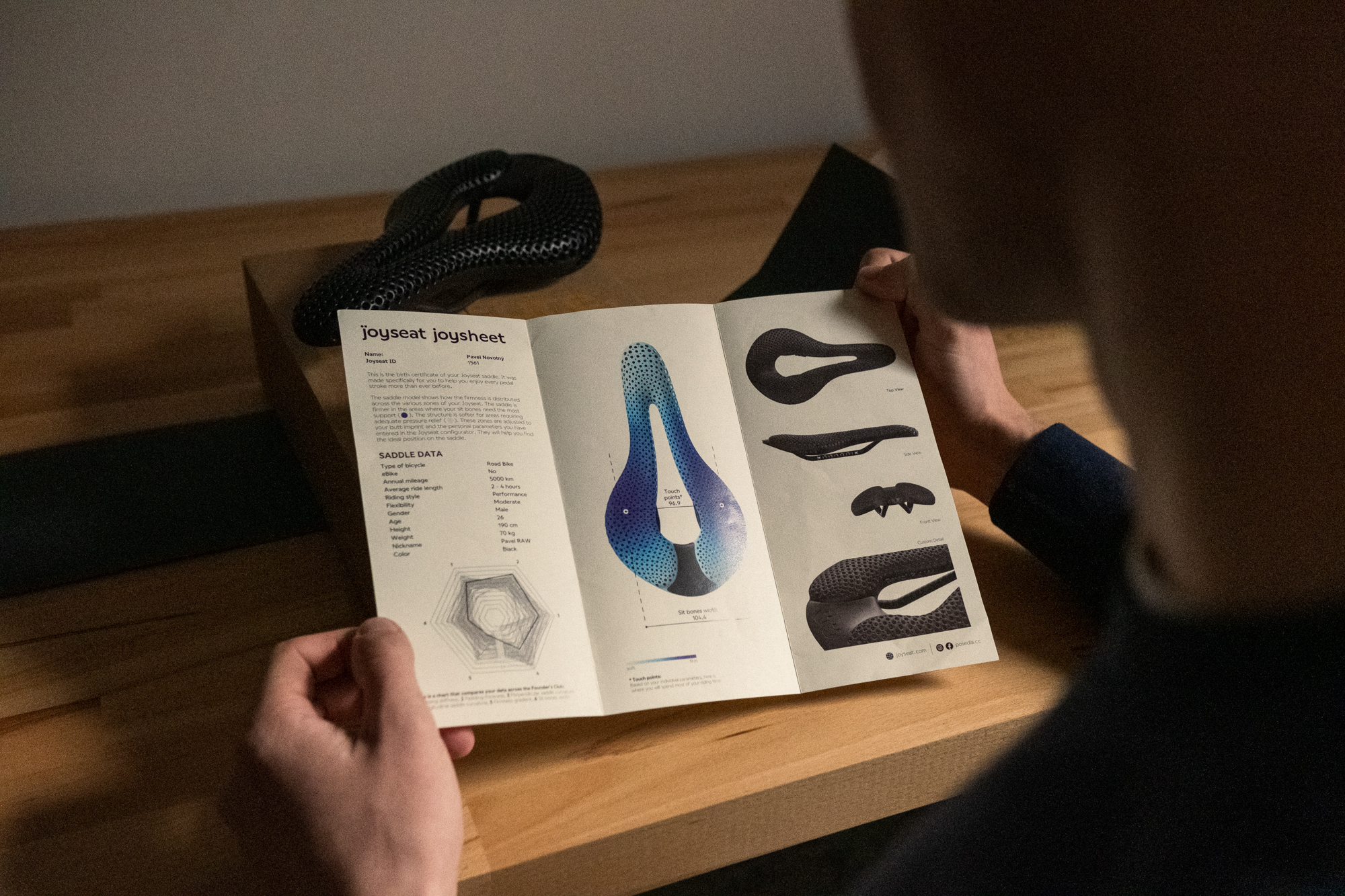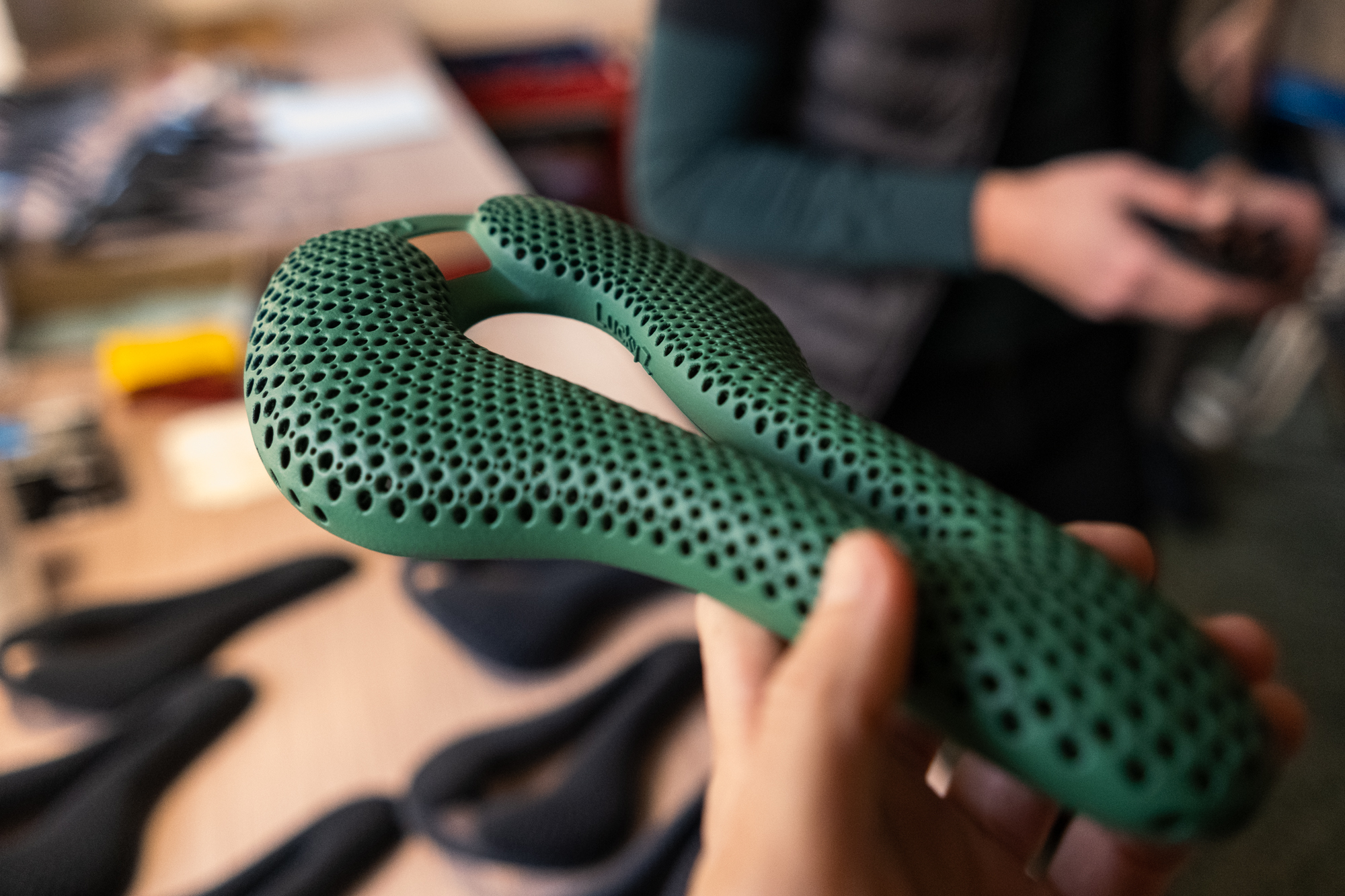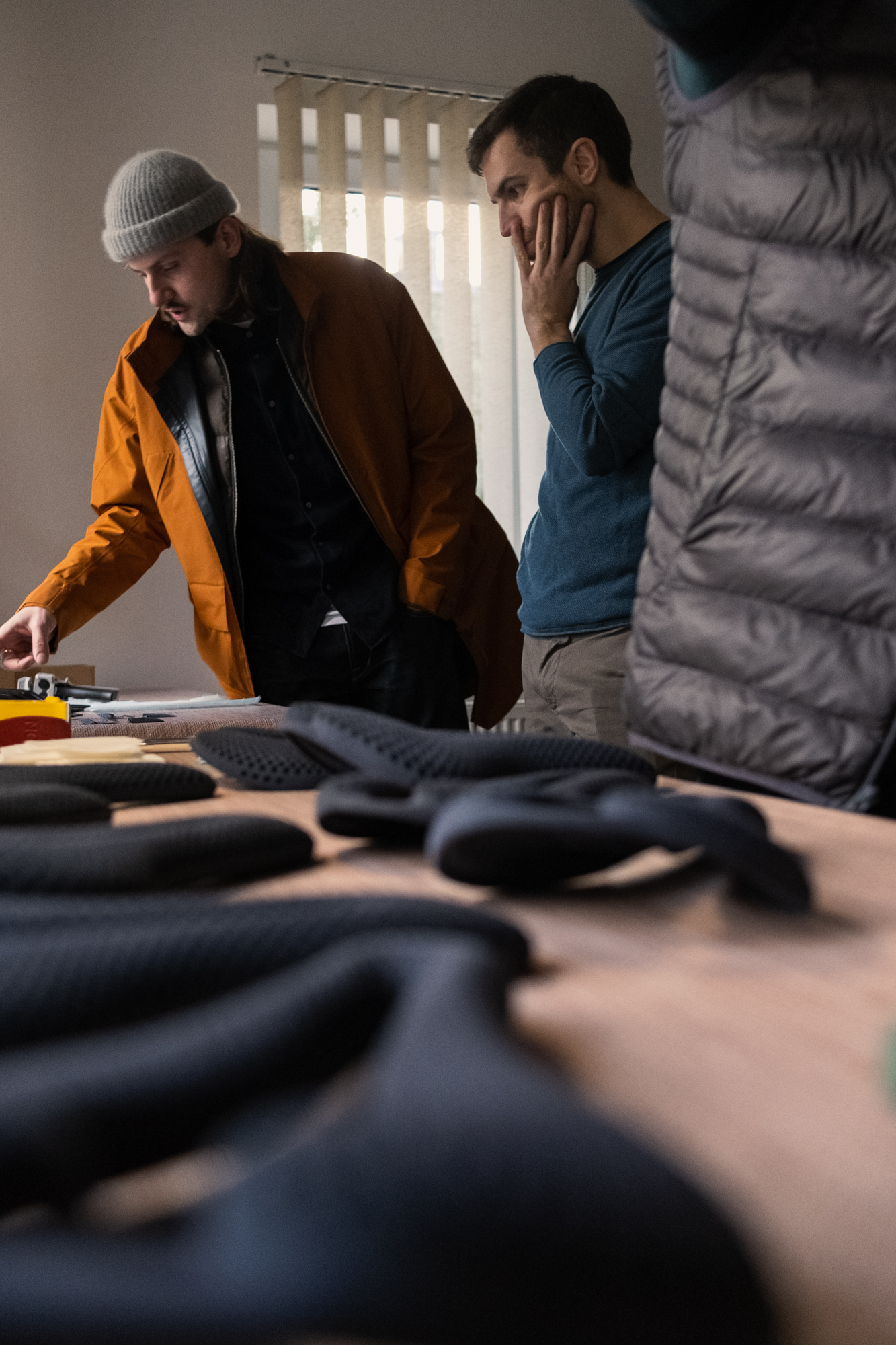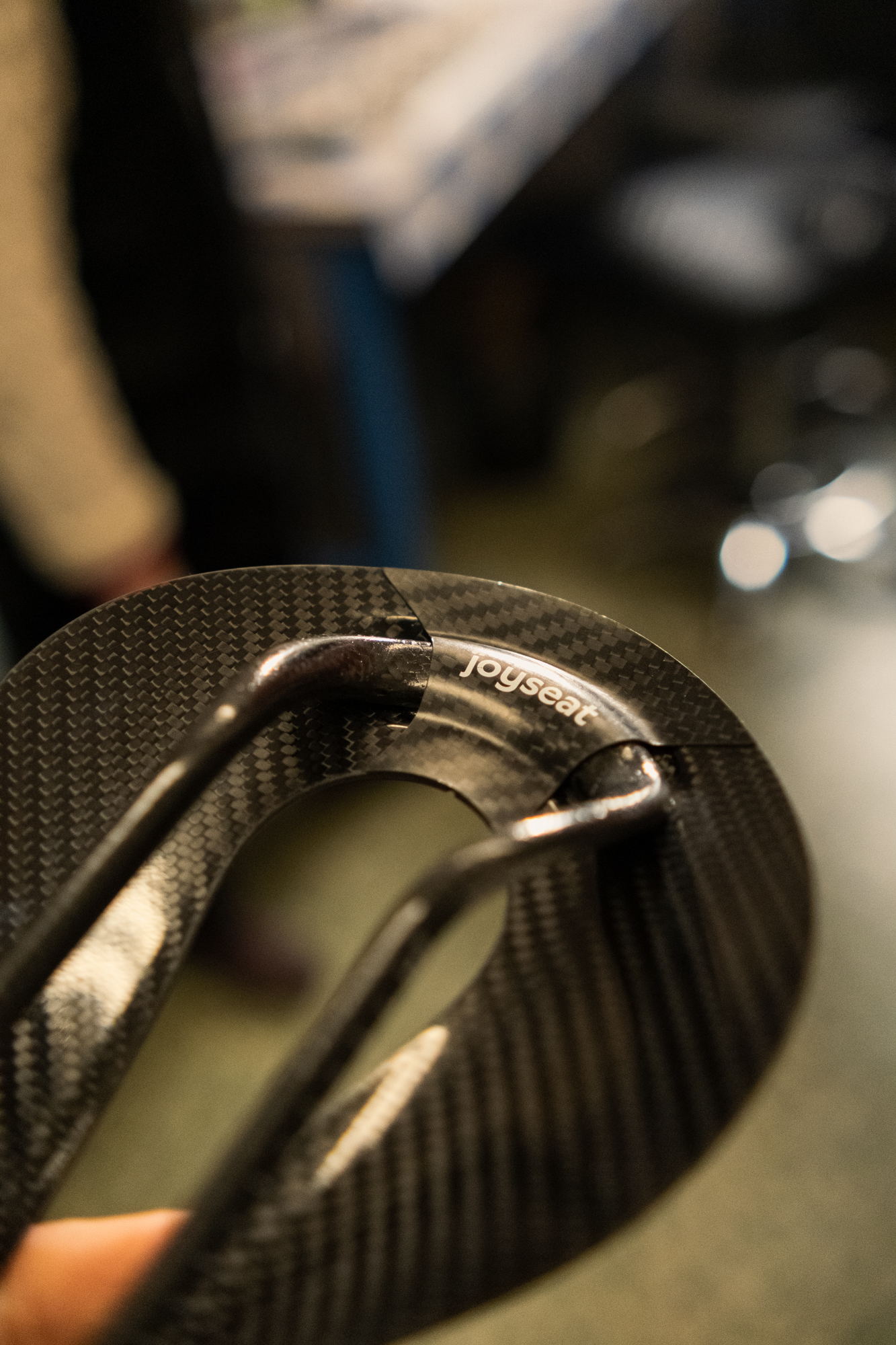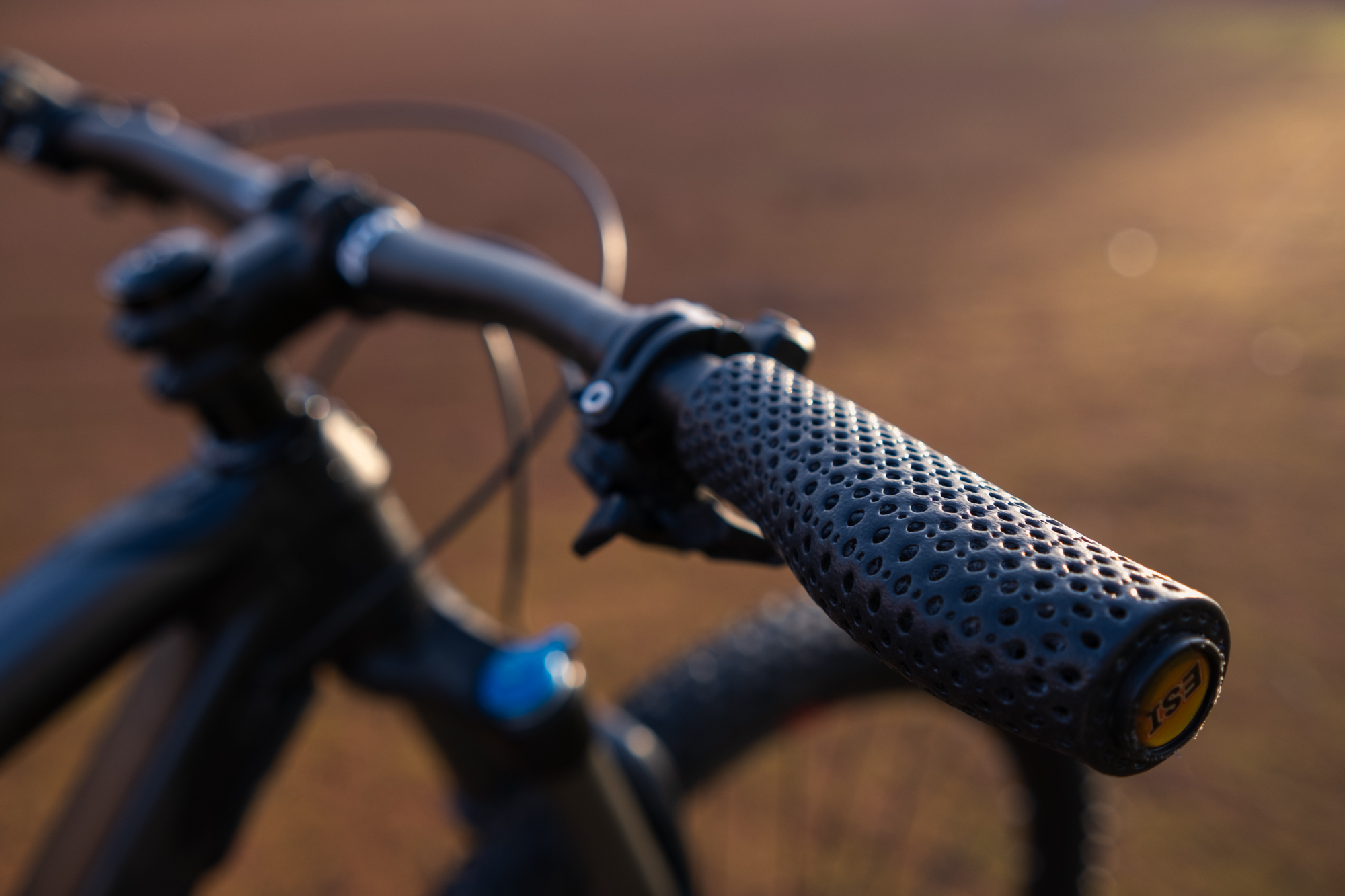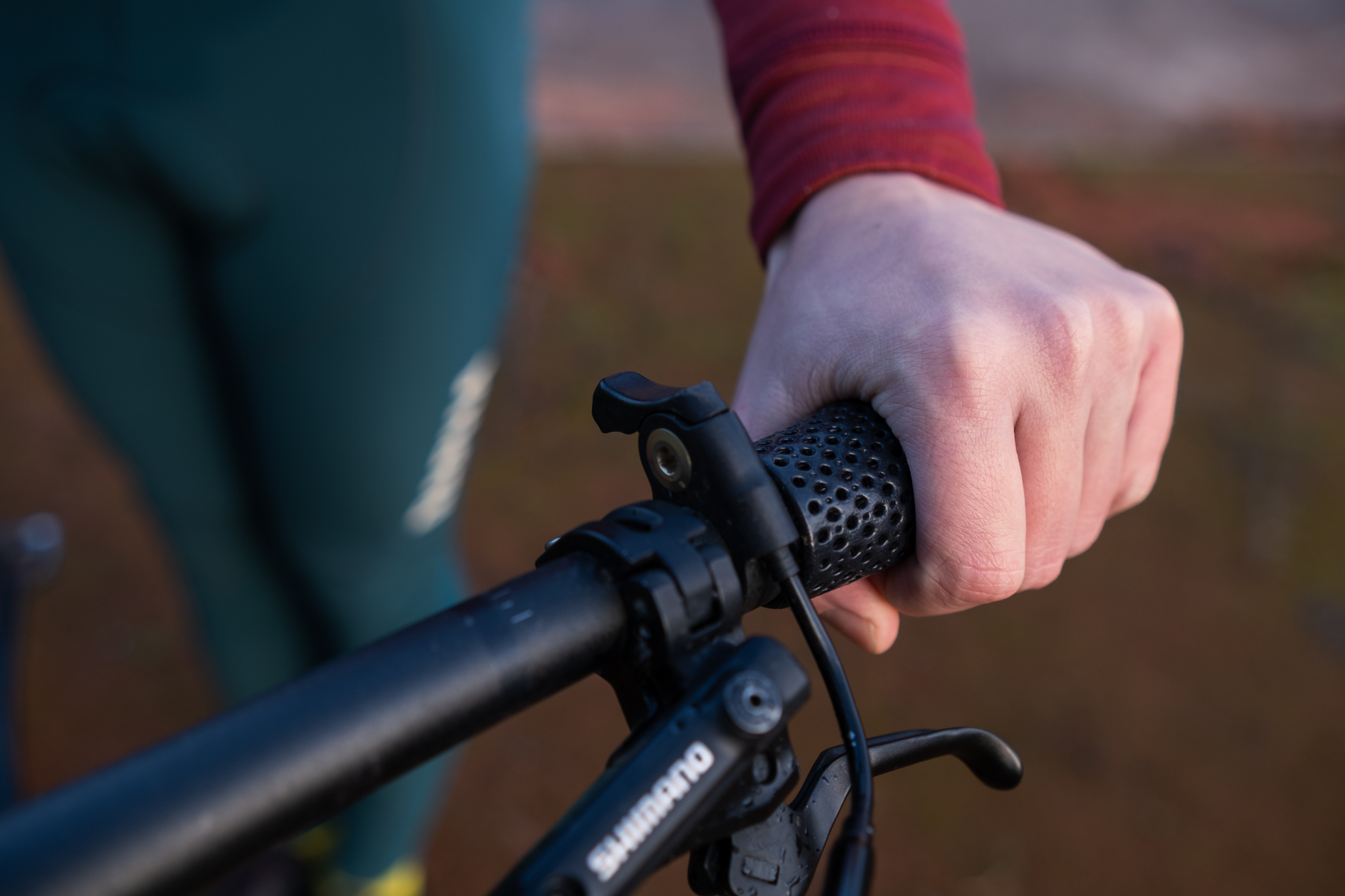In the past, mostly only pro cyclists could benefit from the advantage of custom-built bike parts. When it came to bike saddles, most recreational cyclists had to rely on a trial and error process of finding their optimal saddle, during which they might purchase a couple of saddles until finding the fitting one.
Recently, we’ve had the opportunity to interview Jiri and Martin, the co-founders of Posedla. It is a startup based in the North Bohemia region of the Czech Republic whose primary focus is on producing custom bike saddles. With their current flagship product Joyseat, their vision focuses on eliminating this negative experience by offering customizable products to the wide spectrum of riders and to improve their comfort on the bike or to prevent injuries.
During our time together at the factory visit, we learned about the process of saddle customization and the underlying story behind their brand, which we will present to you in this article.
From marketing careers to starting a cycling company
Jiri and Martin have known each other for twenty years. However, the story of starting their company was not quite straightforward as neither of them worked in the cycling industry.
Before founding their company two years ago, Jiri used to work as a marketer in the travel industry in New York, while Martin worked in a market research company, opening a branch in southeast Asia. Their jobs involved lots of traveling and both started to find themselves overworked in their professions.
Jiri decided to return from the US and as the Covid-19 pandemic came, they started going for long bikepacking trips together as that was one of the few adventurous things to do at the time. At that point, Martin repeatedly suffered from saddle sore, so that sparked the idea of producing their own saddles.
The art and complexity of saddle engineering
Neither of them had the engineering knowledge that building a saddle requires. Nonetheless, they knew how they wanted to build their business and started cooperating with skilled people from their network while running the production in a garage.
Later on, winning a PrusaLab’s Hardware Accelerator competition boosted their business with funding and things started to get serious. As they dived deeper to the core of their business, they learned that the engineering process is quite a complex craft, which involves professions of 3D modeling, parametric design, CAD design or programming. Certainly quite a lot of skills to build a custom saddle one might think, but from our point of view, that is what makes the final product and the company valuable and appreciated.
Prototyping and learning from own mistakes
As probably with every startup, even Posedla experienced plenty of mistakes on their way. Still, prototyping was a key factor and approach that allowed them to iteratively design their Joyseat saddle to its current form.
Over a year of hard work included prototyping of dozens or hundreds of saddle designs, which were then tested by their test riders. They’ve also been working closely with physiotherapists and bikefitters, which combined with the collected feedback from their test riders, gave them lots of valuable information.
The saddle in detail
Let’s take a detailed look at the Joyseat saddle itself. It consists of carbon rails and a carbon shell. The advantage is clearly its low weight, between 170 g and 210 g depending on the custom shape.
The shell is chosen based on the input parameters of customization. The saddle has a comfortably large cutout for optimal ergonomy. Probably the most interesting part of the saddle is the 3D printed padding, the Joyseat Lattice Structure. It is made of thermoplastic polyurethane (TPU), an innovative material that has been on the market for just over a year.
One of the coolest features of the saddle is that it has different stiffness zones. For example the sit bones area of the padding is the stiffest as it provides the greatest support to the rider, while the front part gradually softens through the rail zone to the nose. This is what really caught our attention.
To finish up the customization process, you can also add a short text such as your name on the inside of the cutout and choose a color of the rear part to e.g. match your frame. Surely a nice touch of personalization.
The configuration process
The customization process is divided into two steps: configurator and a butt imprint. First, we filled out parameters into the configurator on the Posedla website. These parameters include information about the type of bicycle (road, gravel, XC etc.) and rider’s physiology such as gender, weight, height but also pelvic rotation, riding style, annual mileage or usual ride length. All of these parameters are taken into account in combination with the imprint to create the unique saddle for the customer.
The second step of the process was the imprint. This is done using the Smiling Butt Kit, which we received shortly after filling in the configurator. The process is quite fun and simple. The rider just has to sit into the foam of the kit to imprint his or her sit bones and then collect pictures of the imprint from different angles.
Once uploaded to the configurator, the photos are used to generate the 3D model of the riders’ sit bones width and also the saddle, together with the previous parameters. We must admit that the customer experience throughout the configuration process was very positive. The steps are very intuitive and supported by instruction videos, given that a correct imprint is crucial for the measurement.
Sustainability, local production and innovative technologies
One of the points of the company’s vision includes sustainability. The focus is on local production within the region rather than excessively shipping parts and materials from around the globe. The advantage of 3D printing is that it does not require molds and the remaining materials can be used in the making of the next saddle. Also, both the product and the Smiling Butt Kitt are packed in recycled cardboard boxes without unnecessary plastics. Additionally, the sole aspect of custom production instead of a make to stock approach creates less overhead.
The region of North Bohemia borders Saxony, Germany, which is home to several cycling manufacturing companies and research institutions, and both Jiri and Martin see this as an opportunity for collaboration in the future. At the same time, it makes the two of them really proud and motivated to bring innovative technologies and new job opportunities to their home region, which has been rather declining over the past decades.
Other products in the future
Both Martin and Jiri emphasized that the product development process never ends. Although their Joyseat might look as a completely finished product at first glance, they are still continuously improving its details. However, a brand new generation of their saddle might launch in the future. Anyway, the company’s focus won’t remain only with saddles. A couple of days ago, Posedla introduced its first prototype of a custom mountain bike handlebar grips which we had the chance to see in detail. The product is expected to launch later this year.



